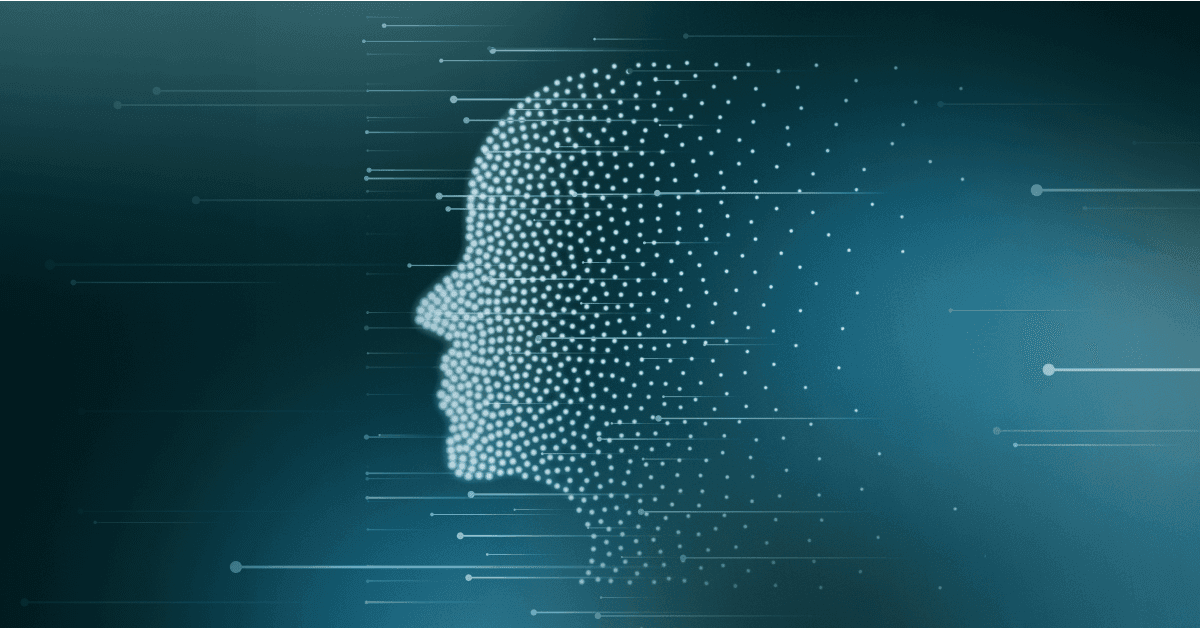Multiple Sources in RAG Pipelines: Why More is Better

When building a retrieval-augmented generation (RAG) pipeline, one of the most impactful decisions you can make is to incorporate multiple data sources rather than relying on a single source of truth. While it might seem simpler to just pull from your documentation or a single knowledge base, the benefits of a multi-source approach far outweigh the added complexity.
Creating a Living Knowledge Base
Perhaps the most compelling advantage of using multiple sources is that it creates a self-improving, dynamic knowledge base. Consider a typical support scenario: When users ask questions, support staff provide detailed, contextual answers. By incorporating these support interactions from platforms like Discord or Intercom alongside your official documentation, your RAG pipeline automatically captures and learns from real-world usage patterns and edge cases.
This approach means your system gets smarter through normal day-to-day operations. Every support ticket resolved and every community question answered potentially adds valuable context to your knowledge base, without requiring additional effort from your team.
Capturing Different Perspectives and Contexts
Different sources naturally provide different perspectives and levels of detail. While official documentation tends to be formal and comprehensive, support conversations often reveal how users actually think about and interact with your product. Community discussions might surface creative use cases or workarounds that would never make it into official documentation.
For example:
- Documentation provides the “what” and “how”
- Support tickets reveal common pain points and misconceptions
- Community discussions uncover real-world applications and edge cases
- Internal knowledge bases might contain detailed technical explanations
By combining these sources, your RAG pipeline can provide more nuanced and practical responses that better match users’ actual needs and thought processes.
Filling Knowledge Gaps
No single source of information is complete. Documentation might be outdated in some areas, support tickets might not cover every scenario, and community discussions might miss important technical details. By pulling from multiple sources, you create a more robust knowledge base that can fill in these gaps:
- Recent feature changes might be discussed in community forums before documentation is updated
- Common issues might be thoroughly explained in support tickets but only briefly mentioned in docs
- Complex use cases might be detailed in community discussions but absent from official documentation
Improving Retrieval Quality
Multiple sources can also improve the quality of retrieval itself. When searching for relevant context, having diverse sources means:
- More varied language and terminology, increasing the chance of matching user queries
- Different levels of technical detail to match user expertise
- Real-world examples and use cases that might better match user intent
- Redundancy that helps reinforce important information
Implementing a Multi-Source Strategy
To effectively implement a multi-source RAG pipeline, consider these best practices:
1. Choose Complementary Sources
Select sources that provide different types of information or perspectives. This might include:
- Official documentation
- Support ticket responses
- Community discussions
- Internal knowledge bases
- Blog posts and tutorials
- API documentation
- Release notes
2. Maintain Source Quality
Implement quality controls for each source:
- Tag or validate support responses before including them
- Monitor community content for accuracy
- Regularly update documentation sources
- Remove outdated or incorrect information
3. Consider Real-Time Updates
Set up your pipeline to automatically process new information as it becomes available. This ensures your knowledge base stays current and continues to improve over time.
Conclusion
While implementing a multi-source RAG pipeline requires more initial setup and ongoing maintenance than a single-source approach, the benefits make it worthwhile. You’ll create a more robust, dynamic, and useful system that naturally improves over time and better serves your users’ needs.
The key is to think of your RAG pipeline not as a static knowledge base but as a living system that grows and evolves with your product and user community. By embracing multiple sources, you’re building a more resilient and valuable tool that can better understand and respond to user needs.
Vectorize supports multiple sources and real-time updates for RAG pipelines. You can try it for free here.